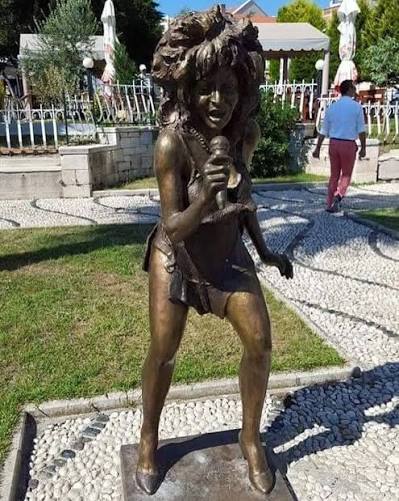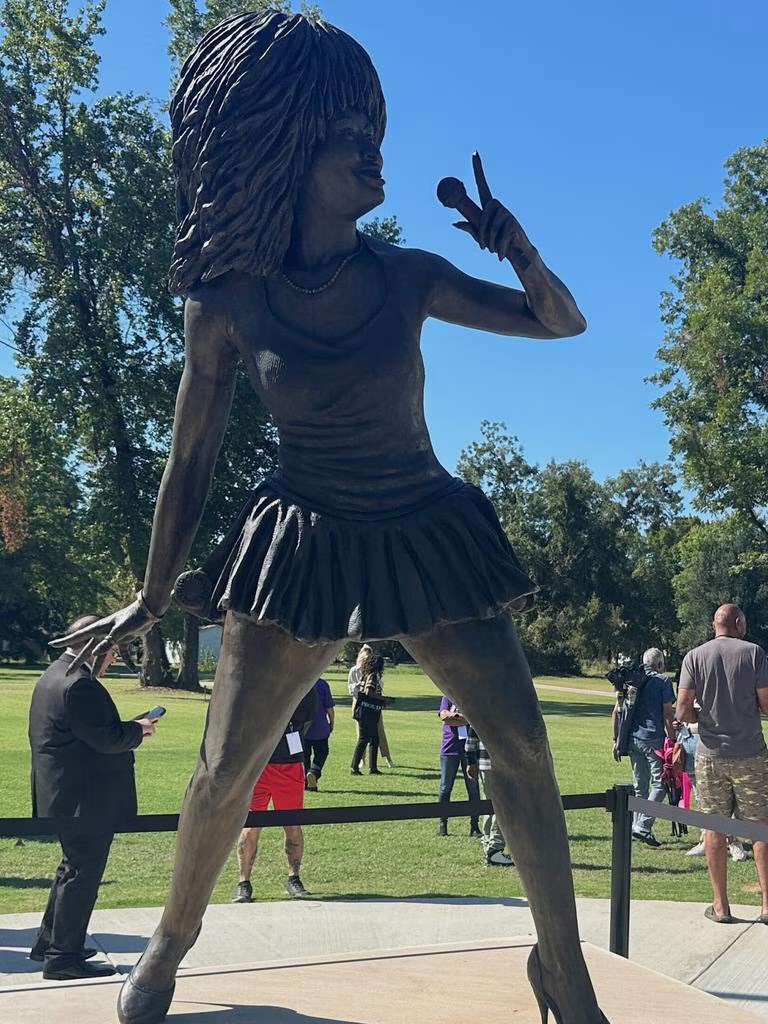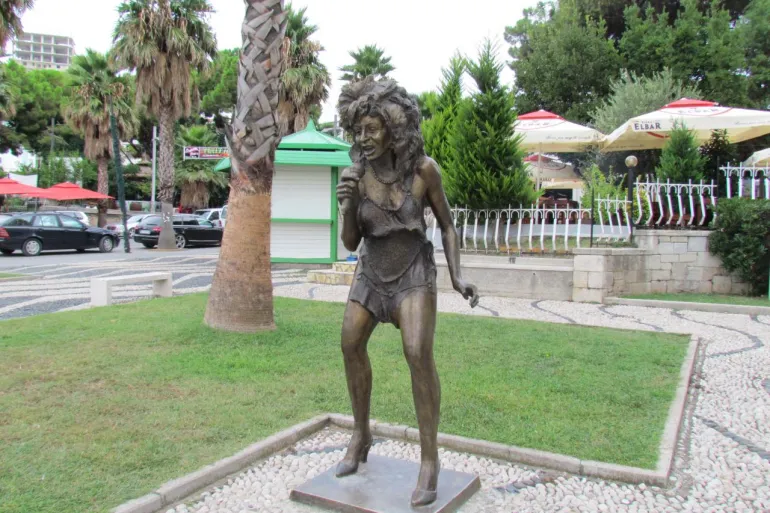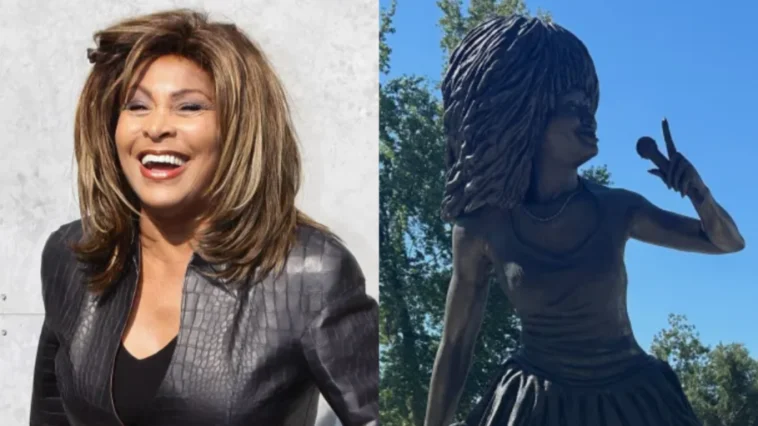In a stirring tribute to one of music’s greatest icons, Brownsville, Tennessee officially welcomed a new bronze statue of Tina Turner during the annual Tina Turner Heritage Days. The 10-foot monument, positioned near Carver High School—where Turner once walked the halls—captures the spirit of her electrifying stage presence with her signature mane of hair and an outstretched microphone.
Sculpted by Atlanta-based artist Fred Ajanogha, the piece was conceived to reflect Turner’s dynamic energy. He explained that he focused on her movement, the way she gripped the mic with a pointed index finger, and her larger-than-life hair—likened by him to a lion’s mane. The statue was cast in bronze by a Tennessee foundry after a year of work: the form itself is 7 feet 9 inches tall, resting on a two-foot base to reach the full ten-foot height.

The ceremony drew fans, family, and civic leaders, many traveling from out of state to take part. It also received substantial backing from around 50 donors, including a $150,000 gift from Ford Motor Company. Ford representatives emphasized that part of their investment was in preserving local heritage and ensuring that younger generations know where Tina came from.
Placed adjacent to the Tina Turner Museum in the West Tennessee Delta Heritage Center, the statue complements an existing cultural anchor housed in the renovated Flagg Grove School, the one-room building Turner attended as a child in nearby Nutbush. With the museum and statue side by side, the community now has a tangible, walkable way to trace Turner’s journey from rural Tennessee to global stardom.

But the unveiling hasn’t escaped critique. On social media, fans and observers have largely panned the statue’s likeness, calling it “atrocious,” “brutally hideous,” or even an insult to the late legend. Many say it fails to reflect her iconic form and presence. Others question choices in style, proportions, or facial features, arguing that a tribute to someone as globally revered should meet higher standards of resemblance and respect. Some public defenders of the statue note that capturing someone as legendary as Tina—especially in bronze—is no easy task, and that the gesture itself is meaningful even if execution is imperfect. Whether or not the critics are right, the debate underscores how powerful public memorials can be: they don’t just honor the past, they spark dialogue about what we expect from our heroes in stone and bronze.
Still, no one is denying the emotional weight of the moment. For Brownsville and nearby Nutbush, the statue is more than art—it’s reclamation of narrative. It enshrines Tina Turner not as a distant superstar but as a daughter of this soil, whose struggles and triumphs inspire both residents and visitors. The city’s small size and Turner’s outsized legacy combine to give special resonance to this monument—it’s a focal point for pride, memory, and community identity.
In the end, the Turner statue will likely age with the town, weather seasons, and draw new eyes over time. As people revisit it, the contours will spark fresh conversations about how we remember, who we celebrate, and how form and likeness matter. But it also stands as a defiant statement: Tina Turner’s influence was—and is—an inheritance, one that her hometown can now hold in bronze for future generations.



GIPHY App Key not set. Please check settings